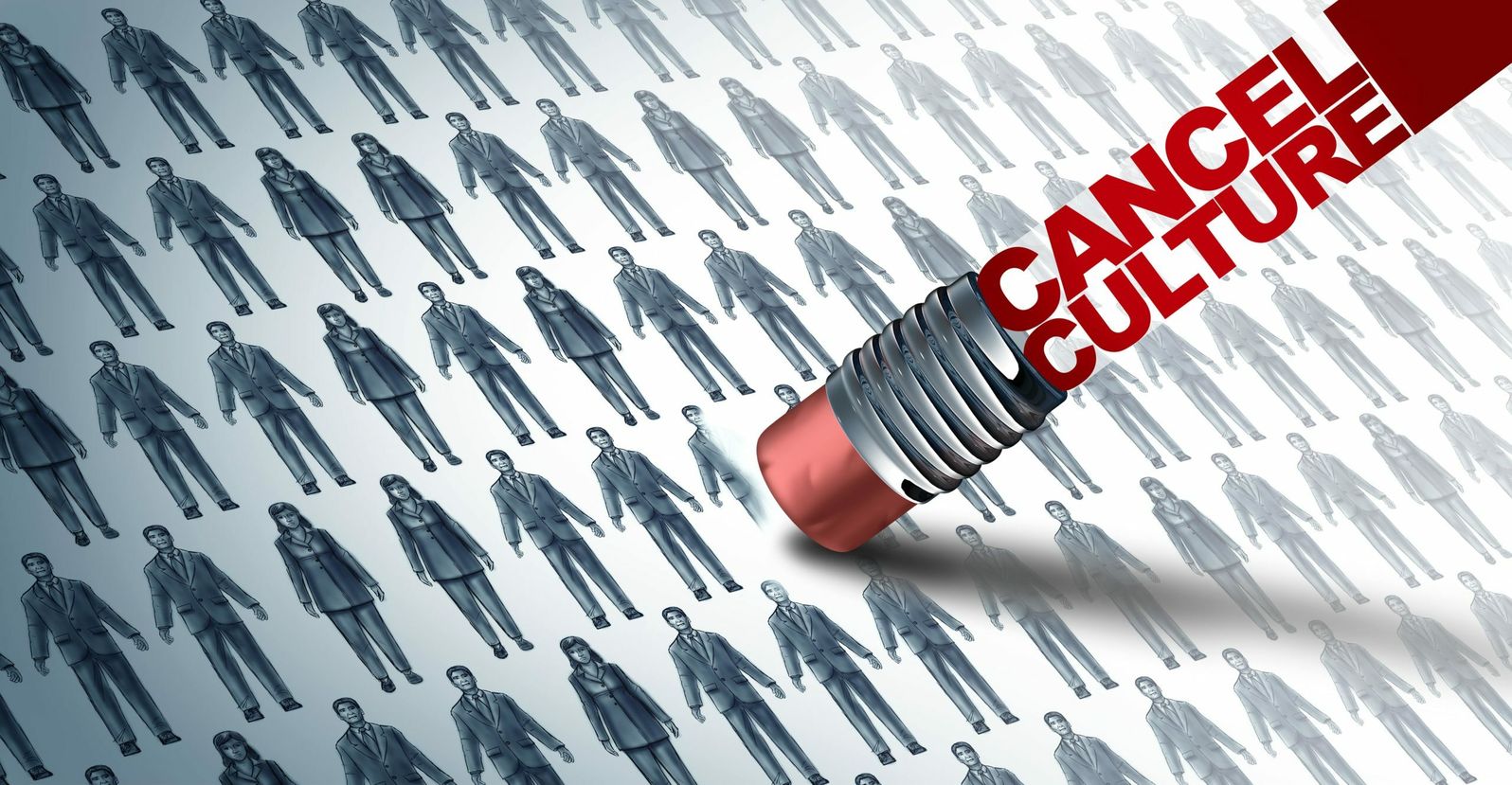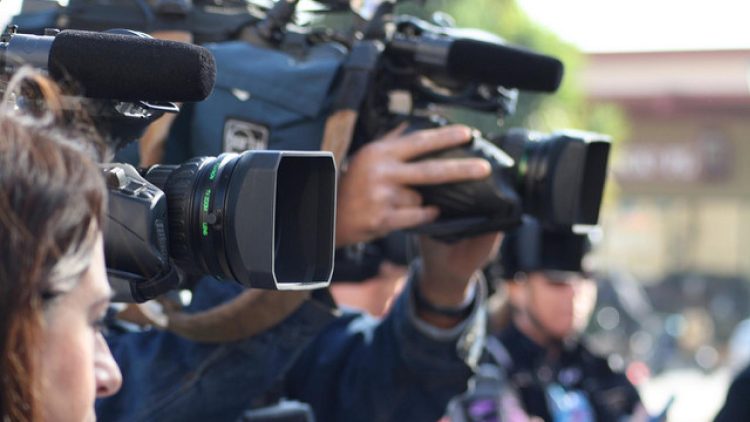Introduction
In the ever-evolving landscape of modern media, the spotlight—often synonymous with fame, recognition, and visibility—has become both a coveted prize and a source of peril. The phrase “being in the spotlight” often evokes images of celebrities, politicians, and influencers living in a realm of wealth, adoration, and influence. However, the pressures that come with intense public scrutiny raise important questions about the cost of visibility. As the world becomes increasingly interconnected through social media, reality TV, and digital platforms, the spotlight’s influence has only grown more powerful and omnipresent. But is it truly a blessing, or does it inevitably lead to a curse?
In this article, we will explore the multifaceted nature of the spotlight in contemporary media, its effects on those who find themselves in its glare, and the broader societal implications it brings. From the euphoria of fame to the mental and emotional toll of public attention, we will navigate the complex terrain of media visibility in the digital age.
The Allure of the Spotlight
The allure of the spotlight is undeniable. For many, fame represents the pinnacle of success, a symbol of hard work, and an achievement of one’s dreams. From Hollywood stars to viral influencers, the moment one enters the spotlight, they are often treated as larger-than-life figures—esteemed, adored, and worshipped by fans and the media alike.
Career Growth and Opportunities
One of the most immediate benefits of the spotlight is the exposure it brings. For artists, athletes, entrepreneurs, and anyone in the public eye, media visibility can open doors to lucrative career opportunities, sponsorship deals, and collaborations. Celebrities often find themselves in high-demand, with their faces and names plastered across advertising campaigns, movie posters, and magazine covers. This exposure translates into financial success and an elevated social status.
Consider the example of a breakout star in a successful TV series. The show provides them with a platform, and suddenly, they are seen in all corners of the globe. This visibility can pave the way for roles in major films, endorsement deals, or even product lines. The potential for growth is vast and undeniably exciting.
Influence and Impact

For public figures, the spotlight can also be a vehicle for change. People who wield significant media presence often have the ability to influence public opinion, shape cultural trends, and champion social causes. From philanthropic efforts to political movements, the exposure that comes with the spotlight allows individuals to advocate for issues close to their hearts.
Take the case of celebrities using their platforms to advocate for climate change, racial equality, or mental health awareness. Through their visibility, they have the power to inspire millions to take action, engage in conversation, or alter their views on important topics.
The Dark Side of the Spotlight
While the benefits of media exposure are clear, there is a darker side to the spotlight that cannot be ignored. Public attention can often bring overwhelming pressure, scrutiny, and vulnerability. Celebrities, politicians, and influencers are subject to invasive media coverage, online trolling, and public criticism, which can take a serious toll on their mental and emotional well-being.
The Invasion of Privacy
At the heart of the curse of the spotlight lies an invasion of privacy. In the digital era, personal lives are no longer off-limits. Social media platforms and paparazzi have blurred the boundaries between public and private spheres. Celebrities and influencers are often bombarded with relentless media attention, with every aspect of their lives subject to public inspection.
Take the case of an A-list celebrity caught in a scandal or going through a difficult personal time. The public has an insatiable hunger for details, and journalists or online communities will dissect every word and action. What was once private becomes part of the public narrative, often twisted and distorted by sensationalized headlines.
Mental and Emotional Toll
The pressure of constant public scrutiny can have severe consequences on an individual’s mental health. In a world where every mistake is amplified and every decision is analyzed, the psychological toll can be crippling. Anxiety, depression, and burnout are common among those in the spotlight, who often feel the weight of perfectionism and constant performance.
Research has shown that public figures suffer from higher rates of mental health issues compared to the general population. The constant need to maintain an image of success and happiness can lead to emotional exhaustion, leading many to retreat from the public eye altogether.
Cancel Culture and Public Backlash
In today’s media environment, cancel culture has added another layer of danger to being in the spotlight. The rapid spread of outrage and condemnation on social media platforms can have immediate and devastating consequences. A single controversial comment or action, real or perceived, can result in a tidal wave of public backlash, threatening an individual’s career, reputation, and financial stability.
Celebrities who fall victim to cancel culture often find themselves subjected to online harassment, boycotts, and public humiliation. The psychological scars of such experiences can last long after the backlash subsides, with individuals struggling to regain their footing in a world that once adored them.
The Role of Social Media in Amplifying the Spotlight
The rise of social media has significantly intensified the impact of the spotlight. Platforms like Instagram, Twitter, and TikTok allow individuals to reach millions of people instantly, giving rise to a new generation of influencers and celebrities. While social media has democratized fame, it has also made it more ephemeral and volatile.
Instant Fame and Infamy
The viral nature of social media means that anyone can become famous overnight. A viral video, tweet, or meme can catapult an ordinary individual into the public eye, often without warning. While this can be exciting for those seeking fame, it also comes with the risk of becoming a target for online trolls, cyberbullying, or the subject of public ridicule.
Consider the case of a YouTuber who uploads a controversial video and sees it go viral. While they may experience a surge in followers and adoration, they also risk receiving intense criticism or backlash. The immediate rise to fame may come with unforeseen consequences, and the line between praise and criticism can often be razor-thin.
The Pressure to Maintain Relevance

Social media users are constantly bombarded with the next big thing—new trends, viral challenges, and influencers with millions of followers. For those in the spotlight, this creates an immense pressure to maintain relevance and keep up with the ever-shifting demands of the digital audience. Gone are the days of slow-burn career growth; now, public figures must continually reinvent themselves to stay in the game.
This pressure is particularly evident in the influencer world, where personal brands are cultivated and curated with an eye toward maintaining an ideal image. However, as the spotlight is fickle, even the most popular influencers can quickly fall from grace if they fail to engage their audience or make a misstep.
The Ethics of Media Coverage
As the spotlight continues to shine on public figures, it is essential to consider the ethical implications of media coverage. The line between responsible journalism and sensationalism has blurred, with some outlets prioritizing clicks and controversy over accuracy and fairness.
Sensationalism and Exploitation
Media outlets often exploit the vulnerabilities of public figures for the sake of profit. Sensationalist headlines, paparazzi photos, and private revelations about celebrities are frequently used to generate revenue, regardless of the emotional toll it may take on the individual involved.
Take the case of tabloids that relentlessly cover the personal lives of celebrities, often distorting facts or invading their privacy. In the pursuit of a story, these outlets sometimes disregard the human cost, leading to a media culture that values spectacle over sensitivity.
The Need for Responsible Reporting
In an era where public figures are constantly under the microscope, there is a growing need for responsible reporting and ethical journalism. Media organizations must balance their obligation to inform the public with the responsibility to protect the mental health and well-being of those in the spotlight.
Journalists and reporters can help foster a more compassionate media environment by prioritizing accuracy, empathy, and fairness in their coverage. Public figures, after all, are human beings, not commodities to be consumed for entertainment purposes.
Conclusion: A Double-Edged Sword
In the digital age, the spotlight is undeniably a double-edged sword. It offers opportunities for fame, influence, and career growth, but it also brings immense pressure, scrutiny, and vulnerability. While the benefits of media visibility can be intoxicating, the mental and emotional toll of constant public attention can be devastating.
As society continues to navigate the complexities of fame in the 21st century, it is essential to remember the human cost of the spotlight. Public figures are not just commodities; they are individuals who deserve privacy, respect, and understanding. Whether the spotlight is a blessing or a curse ultimately depends on how it is managed, both by those who find themselves in its glow and by the media that amplifies their presence.
In the end, fame is fleeting, and the spotlight can be a fleeting moment of glory, or a lasting source of both triumph and tragedy.











































